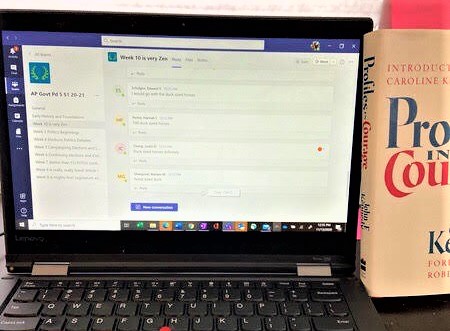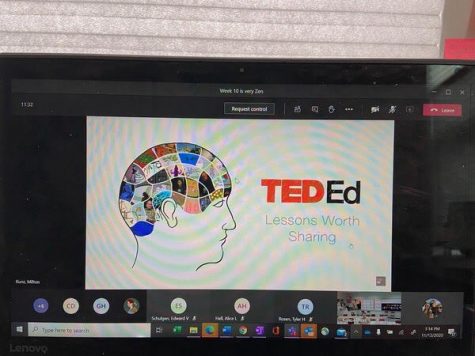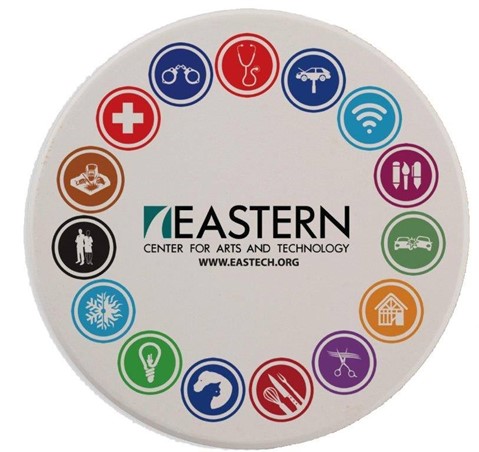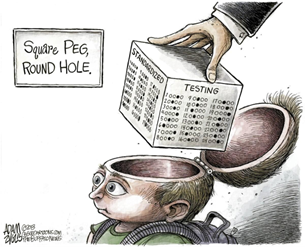AP Teachers
2020 has been a challenge for us all, students and teachers alike. Teachers, for instance, must adjust to the unknown world of virtual school by finding alternate ways of delivering information and criteria through a screen. Of course, all teachers are tasked with this daunting challenge, but AP teachers in particular must not only teach virtually but do this while adhering to specific College Board guidelines.
Every year, AP teachers prepare their students to take an AP exam in May. To do so, teachers follow general guidelines posted by the College Board, detailing the topics and criteria that will be covered on the exam. However, as many students across the country continue to remain in a virtual setting, a sole question remains: is the College Board doing anything to accommodate this?
 “Not necessarily,” said AP Government and Politics and AP Psychology teacher Mr. Milton Kunz. “Many things have not changed. Registration is still due in November, and the exam is still in May. COVID-19 doesn’t limit us, just requires us to teach things differently.”
“Not necessarily,” said AP Government and Politics and AP Psychology teacher Mr. Milton Kunz. “Many things have not changed. Registration is still due in November, and the exam is still in May. COVID-19 doesn’t limit us, just requires us to teach things differently.”
Last Spring, AP exams were significantly shortened to accommodate the emergency lockdown of schools nationwide; instead of the normal length of three hours, the exams were shortened to forty five minutes. Additionally, all tests were administered online from the comfort of students’ own homes. But as for this year, the College Board has not released any information regarding changes or alterations for the 2021 AP exams. Thus, students and teachers can expect the tests to revert back to their original format and length. Furthermore, exams are slated to be administered in person, not online.
So, criteria for AP classes hasn’t particularly changed, but teaching students difficult content through a computer screen has not been an easy task.
“I would say there are definitely some unique challenges in teaching AP for a remote, or even hybrid, setting,” said AP Language and Composition teacher Mrs. Nalene Hilker. “First, some of the materials we would typically be able to use in a live class setting can’t be used as easily now because of the College Board restrictions on secured materials, like released exams and prompts.”
Mr. Kunz, facing a similar issue, said, “It’s difficult because I can’t just reach into my file cabinet and get papers and worksheets already printed and ready to be handed out. For a class like Gov, it is easier to find digital teaching resources, but for Psych, I use a lot of printed handouts for class. I only have so much prepared digitally. And it is hard to pivot on conversations and discussions and activities because of this.”
If finding digital resources was already hard enough, academic integrity has been intensified immensely in a virtual setting.
 “We are all well aware of the ease with which students can cheat or plagiarize even in a traditional setup, but those are amplified in the virtual setting. So, I’m hesitant to use any kind of objective quizzes or multiple-choice assessments, as there are ways for students to easily share answers when they are not in a live classroom setting,” said Mrs. Hilker.
“We are all well aware of the ease with which students can cheat or plagiarize even in a traditional setup, but those are amplified in the virtual setting. So, I’m hesitant to use any kind of objective quizzes or multiple-choice assessments, as there are ways for students to easily share answers when they are not in a live classroom setting,” said Mrs. Hilker.
However, both teachers can agree that the lack of student connection has been the most challenging task while teaching a college-level course.
“I can follow a curriculum just fine. But it is much more difficult to make connections with a student through a screen. In the classroom, I can see if they are attentive or not, but virtually you just can’t tell,” said Mr. Kunz.
“Generally, most students are more intimidated to participate verbally in an online setting. Overall, I think we all miss the less ‘formal’ conversations between students and teachers,” said Mrs. Hilker.
While difficult to adjust in an online setting, AP teachers are trying alternatives like breakout rooms in Microsoft Teams. “We are very lucky to have a great infrastructure in HH that allows us to teach remotely,” said Mr. Kunz, “but it is not the same as it would be in person.”






